Home>Gardening & Outdoor>Landscaping Ideas>What Is The Blue Coating On Grass Seed
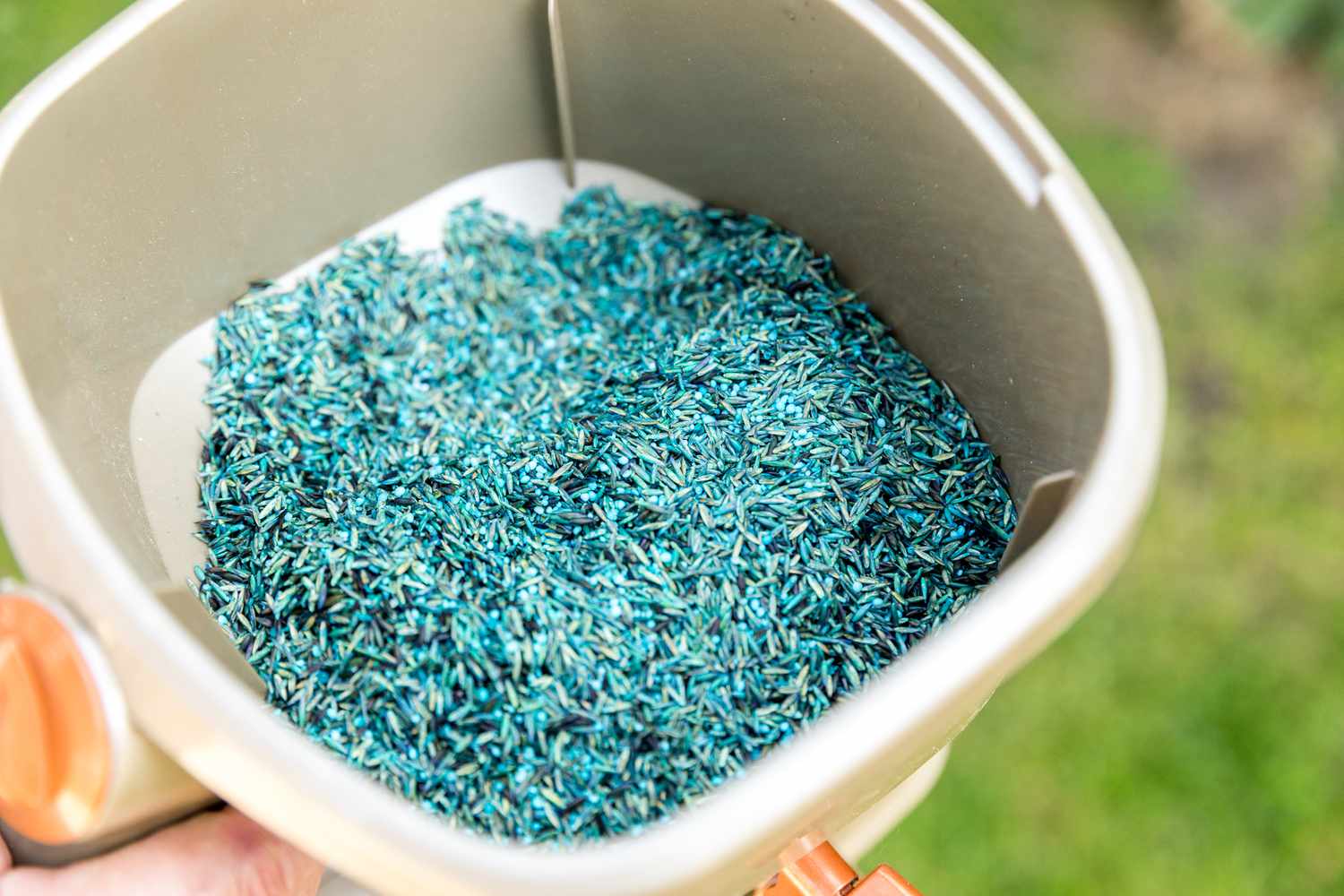

Landscaping Ideas
What Is The Blue Coating On Grass Seed
Modified: February 18, 2024
Discover the purpose of the blue coating on grass seed and how it can enhance your landscaping ideas. Learn more about the benefits and application of this innovative technique.
(Many of the links in this article redirect to a specific reviewed product. Your purchase of these products through affiliate links helps to generate commission for Storables.com, at no extra cost. Learn more)
**
Introduction
**
When you browse through the shelves of a gardening store or explore the wide array of grass seed options online, you may notice something intriguing – some grass seeds are coated in a vibrant blue hue. This distinctive coating often raises questions and sparks curiosity among gardening enthusiasts. What exactly is the purpose of this blue coating on grass seed? Is it purely for aesthetic appeal, or does it serve a functional role in the growth and development of the grass? In this article, we will delve into the fascinating world of grass seed coating, specifically focusing on the enigmatic blue coating that has piqued the interest of many gardeners and landscapers. By understanding the intricacies of this seemingly simple yet significant feature, you can gain valuable insights into the world of grass cultivation and make informed decisions when selecting the ideal grass seed for your landscaping projects. Let's embark on a journey to unravel the mysteries behind the blue coating on grass seed and uncover its impact on the growth and vitality of your lawn.
**
Key Takeaways:
- The blue coating on grass seed helps protect the seeds and makes them easier to see when planting, leading to healthier and more vibrant lawns.
- While the blue coating offers benefits like protection and visibility, it may also have drawbacks such as cost and environmental impact, requiring careful consideration when choosing grass seed varieties.
Read more: What Is A Seed Coat
Understanding Grass Seed Coating
**
Grass seed coating serves as a protective layer that envelops the seeds, offering a range of benefits that contribute to successful germination and early growth. The blue coating, in particular, is a type of polymer that encapsulates the grass seeds, providing numerous advantages that aid in the establishment of healthy, vibrant turf.
One of the primary purposes of grass seed coating is to enhance the visibility of the seeds during sowing. The vivid blue coloration contrasts sharply with the natural hues of soil, making it easier for gardeners to achieve even distribution when spreading the seeds across the designated area. This heightened visibility minimizes the risk of overseeding or uneven coverage, ensuring that each section of the lawn receives an optimal amount of grass seeds for robust growth.
Beyond its visual aid during sowing, the coating also plays a crucial role in protecting the seeds from external stressors. By forming a barrier around the seeds, the coating shields them from potential damage caused by fluctuations in temperature, moisture levels, and exposure to sunlight. This protective layer helps safeguard the seeds from adverse environmental conditions, preserving their viability and increasing the likelihood of successful germination.
Furthermore, the coating may incorporate additives such as fertilizers, fungicides, or other beneficial substances that promote the early development of the grass. These additives, often included in formulations tailored to specific soil types or climate conditions, contribute to the overall health and resilience of the emerging seedlings, setting the stage for robust growth and long-term vitality.
Understanding the role of grass seed coating, including the distinctive blue variation, empowers gardeners to make informed choices when selecting the most suitable seed varieties for their landscaping endeavors. By recognizing the protective, visibility-enhancing, and growth-promoting attributes of the blue coating, you can harness its benefits to cultivate lush, thriving lawns that enrich the outdoor spaces they adorn.
**
Advantages of Blue Coating on Grass Seed
**
The blue coating on grass seed offers a multitude of advantages that significantly contribute to the success of lawn establishment and maintenance. Understanding these benefits provides valuable insight into the pivotal role played by the blue coating in nurturing healthy, resilient turf.
-
Enhanced Visibility: The vibrant blue hue of the coating serves as a visual aid during the sowing process, ensuring that the seeds are evenly distributed across the intended area. This heightened visibility minimizes the risk of uneven coverage, enabling gardeners to achieve optimal seed distribution for uniform growth.
-
Protection from Environmental Stressors: By enveloping the seeds in a protective layer, the blue coating shields them from adverse environmental conditions. This safeguarding effect helps mitigate the impact of temperature fluctuations, moisture variations, and exposure to sunlight, preserving the seeds’ viability and fostering successful germination.
-
Incorporation of Beneficial Additives: The blue coating often incorporates beneficial additives such as fertilizers, fungicides, or other growth-promoting substances. These additives are tailored to support the specific needs of the grass seeds, enhancing their early development and fortifying the emerging seedlings for robust growth.
-
Customized Formulations: The blue coating can be customized to accommodate diverse soil types and climate conditions, ensuring that the seeds receive tailored support for optimal germination and establishment. This customization facilitates the adaptation of grass seed varieties to varying environmental factors, empowering gardeners to cultivate thriving lawns in a range of settings.
By harnessing these advantages, the blue coating on grass seed emerges as a pivotal component in the quest for vibrant, resilient lawns. Its role in promoting uniform distribution, safeguarding seeds from environmental stressors, and providing tailored support for early growth underscores its significance in the realm of grass cultivation. As gardeners seek to establish and maintain lush, healthy turf, the blue coating stands as a valuable ally, contributing to the success of their landscaping endeavors.
**
The blue coating on grass seed is usually a fungicide that helps protect the seeds from diseases while they germinate. It’s important to follow the instructions on the seed packaging for proper handling and planting.
Disadvantages of Blue Coating on Grass Seed
**
While the blue coating on grass seed offers a range of benefits, it is important to consider potential drawbacks associated with this distinctive feature. Understanding the limitations of the blue coating provides a comprehensive perspective on its impact and enables gardeners to make informed decisions when selecting grass seed varieties for their landscaping projects.
-
Limited Aesthetic Appeal: Some gardeners may find the vibrant blue coloration of the coated seeds to be visually unappealing, especially during the initial stages of sowing. This aesthetic consideration may influence the selection of grass seed varieties, particularly in landscapes where the conspicuous blue hue may clash with the desired visual aesthetic.
-
Potential Environmental Impact: The materials used in the blue coating, particularly if they contain synthetic polymers or additives, may raise environmental concerns related to biodegradability and long-term ecological impact. While advancements in eco-friendly formulations are emerging, it is essential to assess the environmental implications of the coating materials and their potential effects on soil and ecosystems.
-
Cost Considerations: Grass seed varieties with blue coating may be priced higher than uncoated alternatives due to the additional manufacturing processes and incorporation of specialized additives. This cost differential may influence budgetary decisions for landscaping projects, prompting gardeners to weigh the benefits of the coating against its financial implications.
By acknowledging these potential disadvantages, gardeners can approach the selection of grass seed varieties with a balanced perspective, taking into account both the benefits and limitations of the blue coating. This informed approach empowers individuals to make choices that align with their aesthetic preferences, environmental values, and budgetary considerations, ultimately contributing to the cultivation of thriving, visually appealing lawns that harmonize with their outdoor environments.
**
Conclusion
**
The enigmatic blue coating on grass seed embodies a blend of advantages and considerations that shape its role in the realm of lawn establishment and maintenance. By unraveling the mysteries behind this distinctive feature, gardeners gain valuable insights into its impact on the growth and vitality of their lawns, enabling them to make informed decisions when selecting grass seed varieties for their landscaping endeavors.
From its role in enhancing visibility during sowing to its protective effects against environmental stressors, the blue coating on grass seed serves as a valuable ally in the pursuit of vibrant, resilient turf. Its incorporation of beneficial additives and customization for diverse soil and climate conditions further underscores its significance in nurturing healthy lawns that thrive in varying environments.
However, it is crucial to acknowledge potential drawbacks associated with the blue coating, including considerations related to aesthetic appeal, environmental impact, and cost implications. By recognizing these limitations, gardeners can approach the selection of grass seed varieties with a holistic understanding, weighing the benefits of the coating against its potential drawbacks to make choices that align with their preferences and values.
In essence, the blue coating on grass seed represents a dynamic element in the art of landscaping, offering a blend of practical advantages and nuanced considerations. By embracing its benefits, mitigating its limitations, and leveraging its role in nurturing robust turf, gardeners can harness the potential of the blue coating to cultivate lush, visually appealing lawns that enrich outdoor spaces and elevate the natural beauty of their surroundings.
As you embark on your landscaping endeavors, may the insights gained from this exploration of the blue coating on grass seed empower you to make deliberate, informed choices that culminate in the flourishing of your outdoor sanctuaries, where vibrant, resilient lawns stand as testaments to the artistry of nature and the dedication of nurturing hands.
Frequently Asked Questions about What Is The Blue Coating On Grass Seed
Was this page helpful?
At Storables.com, we guarantee accurate and reliable information. Our content, validated by Expert Board Contributors, is crafted following stringent Editorial Policies. We're committed to providing you with well-researched, expert-backed insights for all your informational needs.
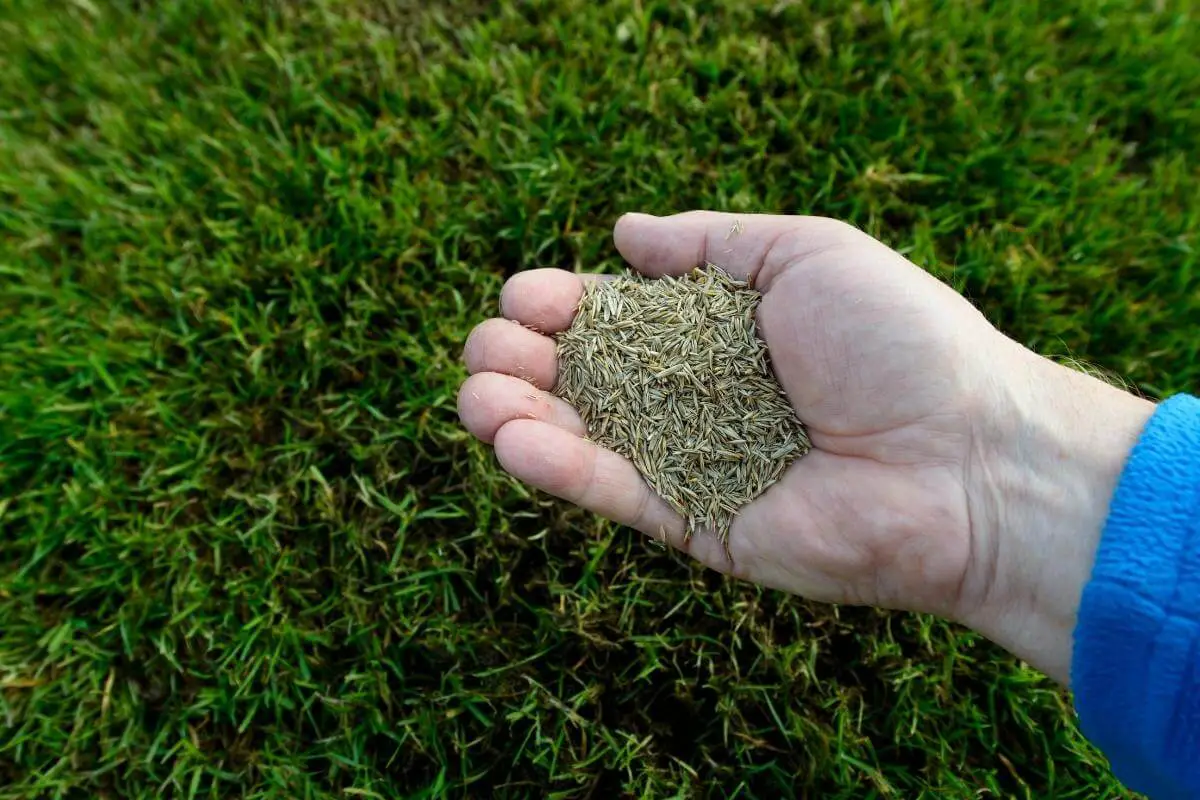
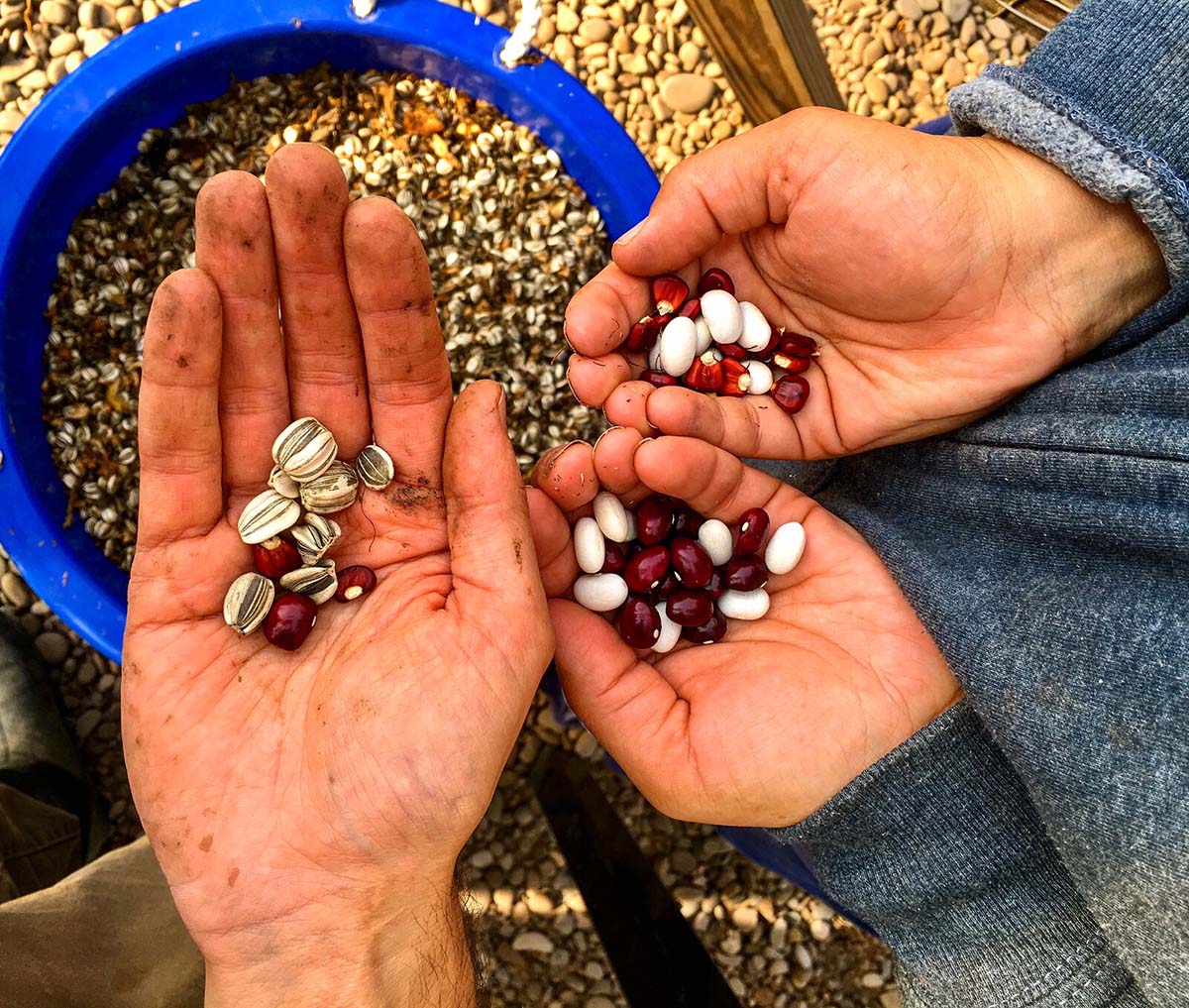
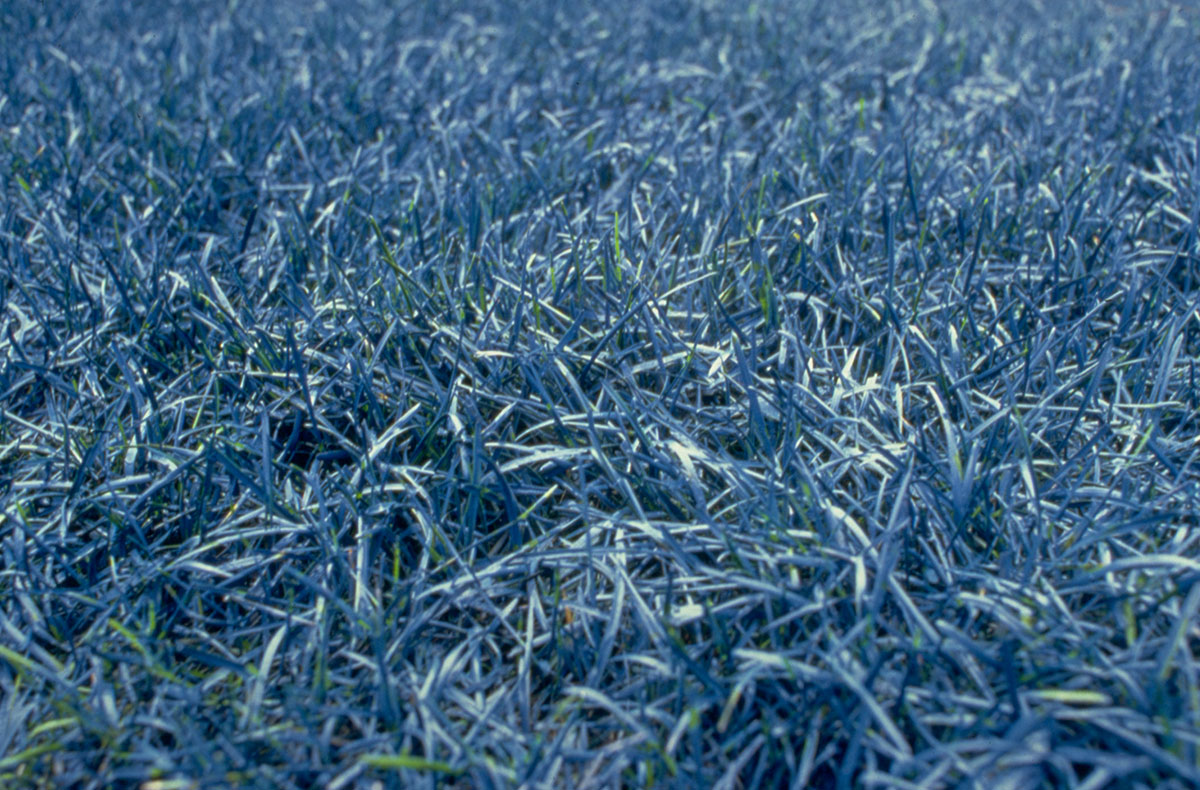
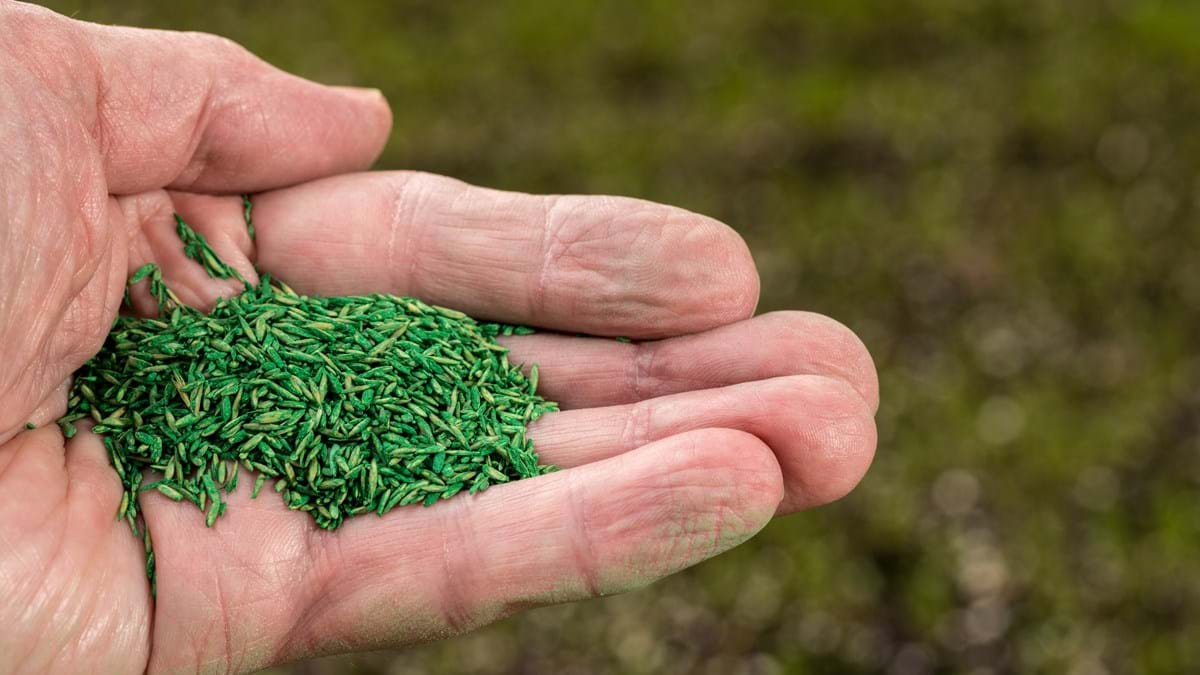
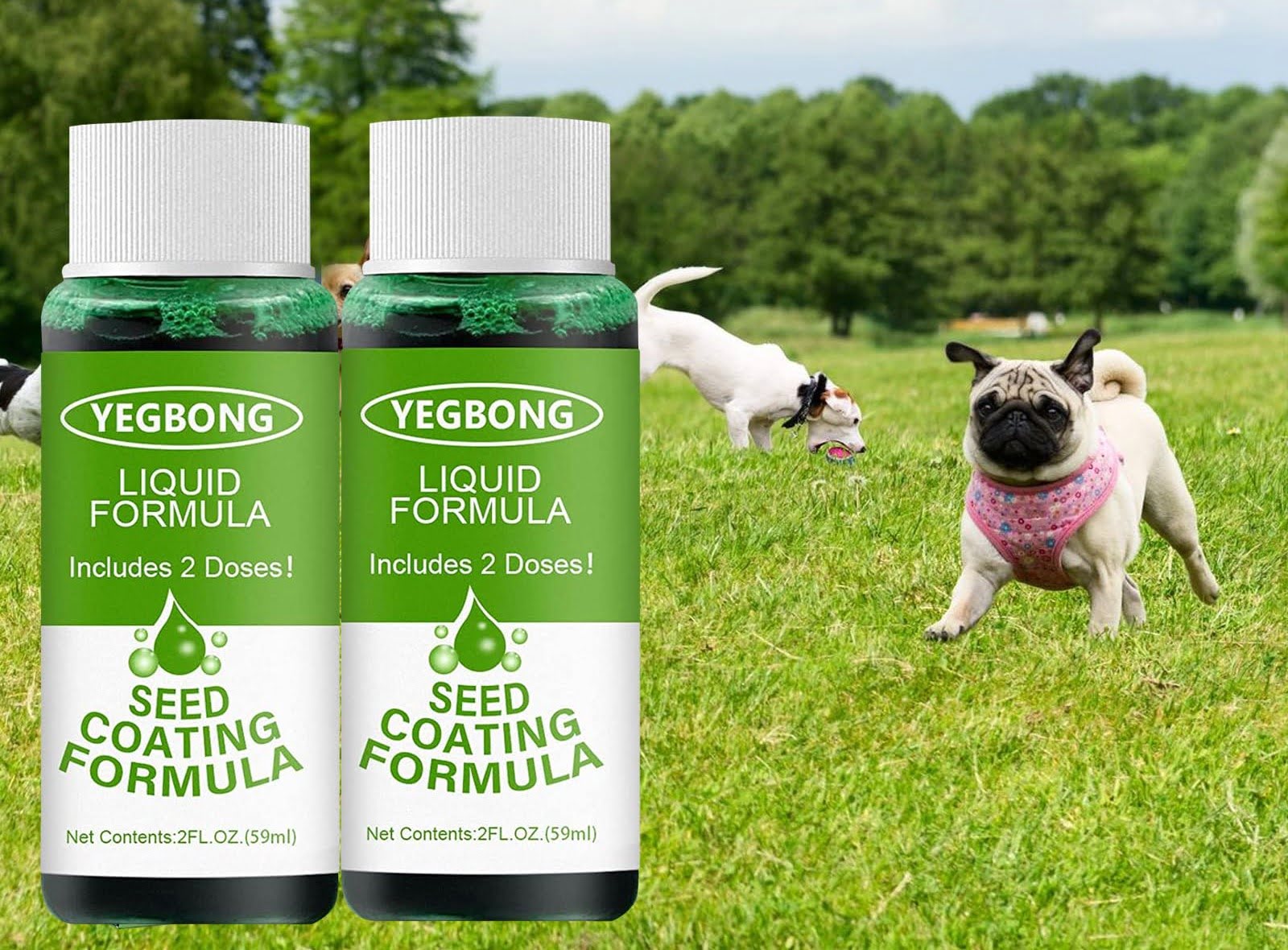
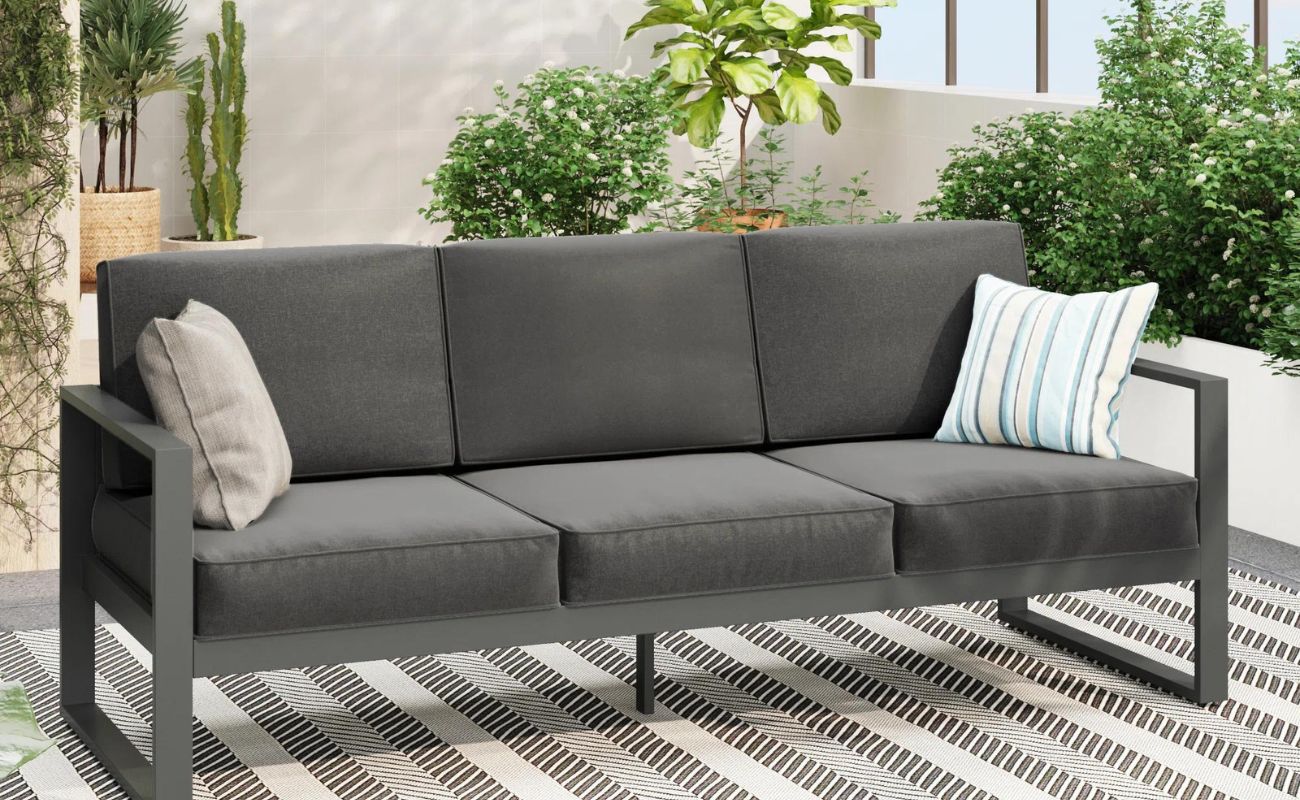
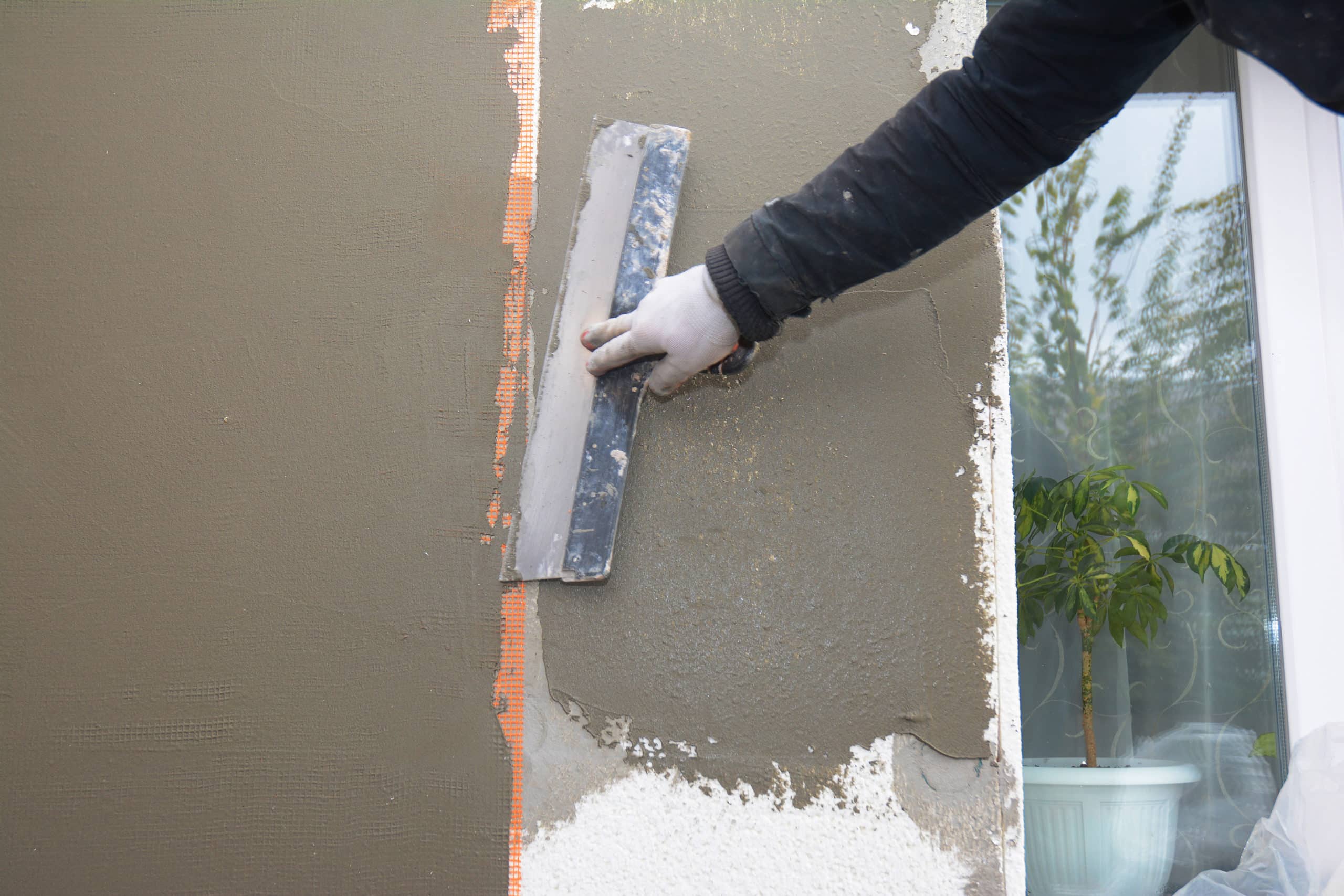
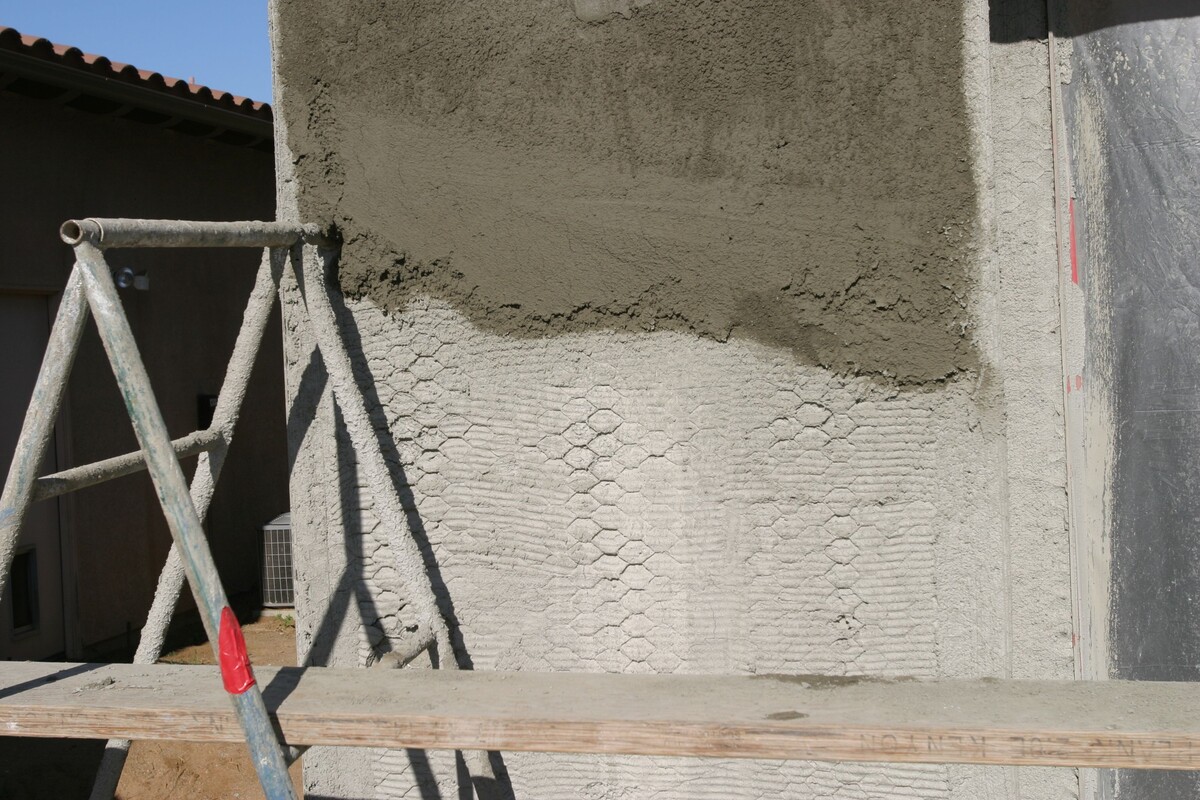

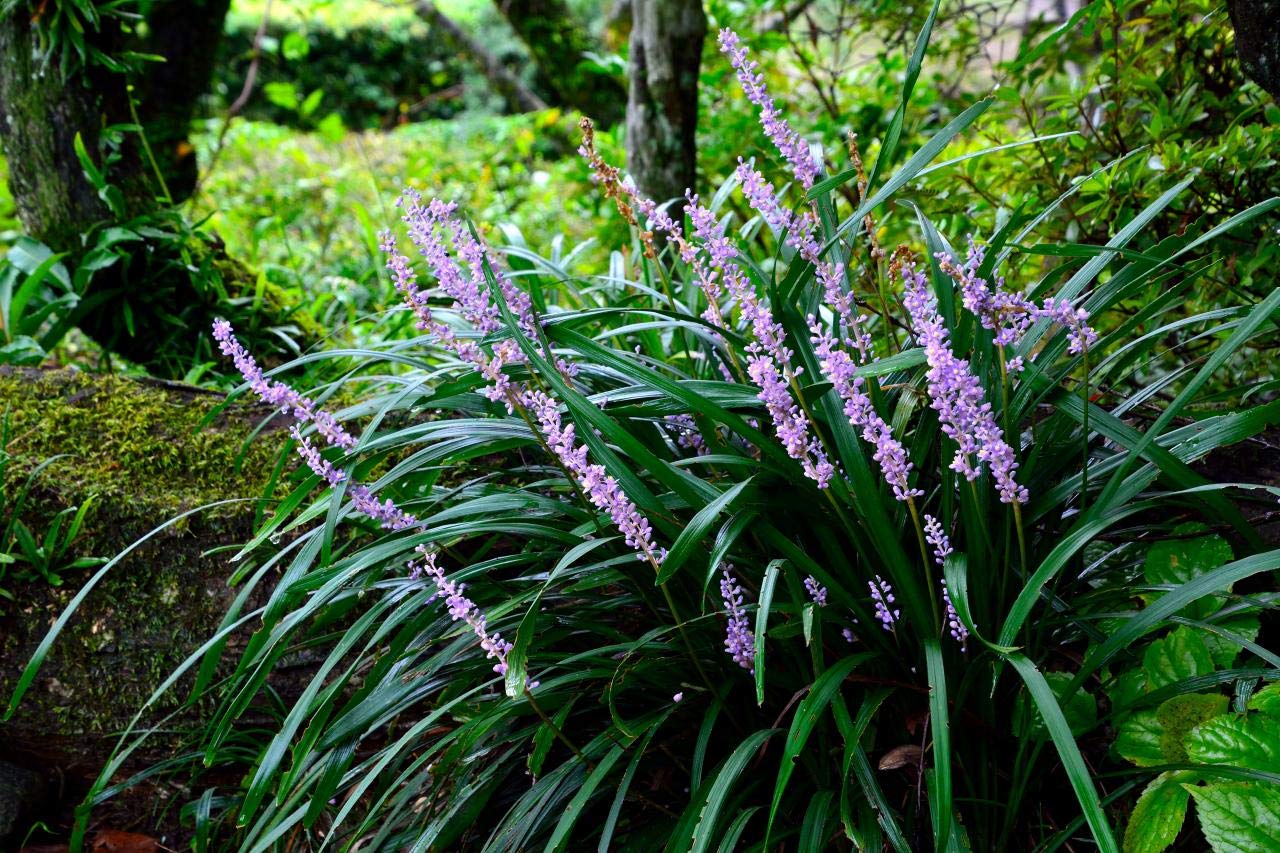
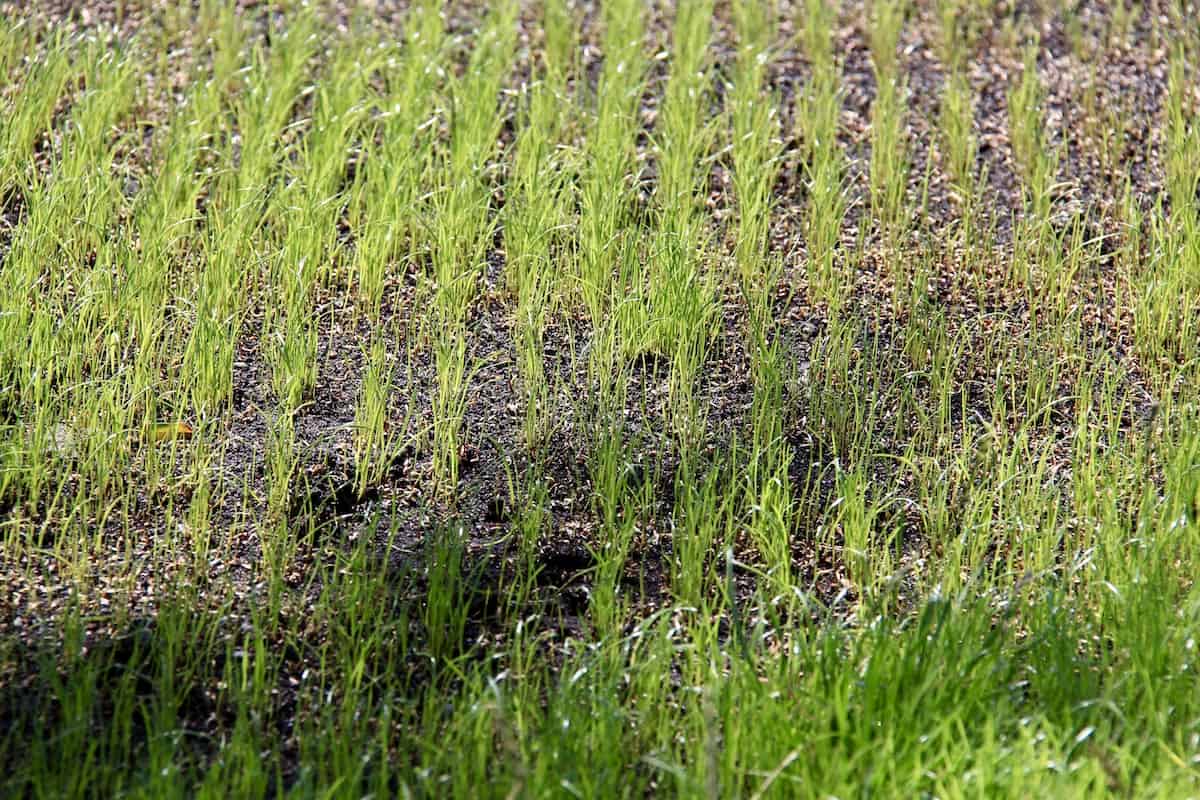
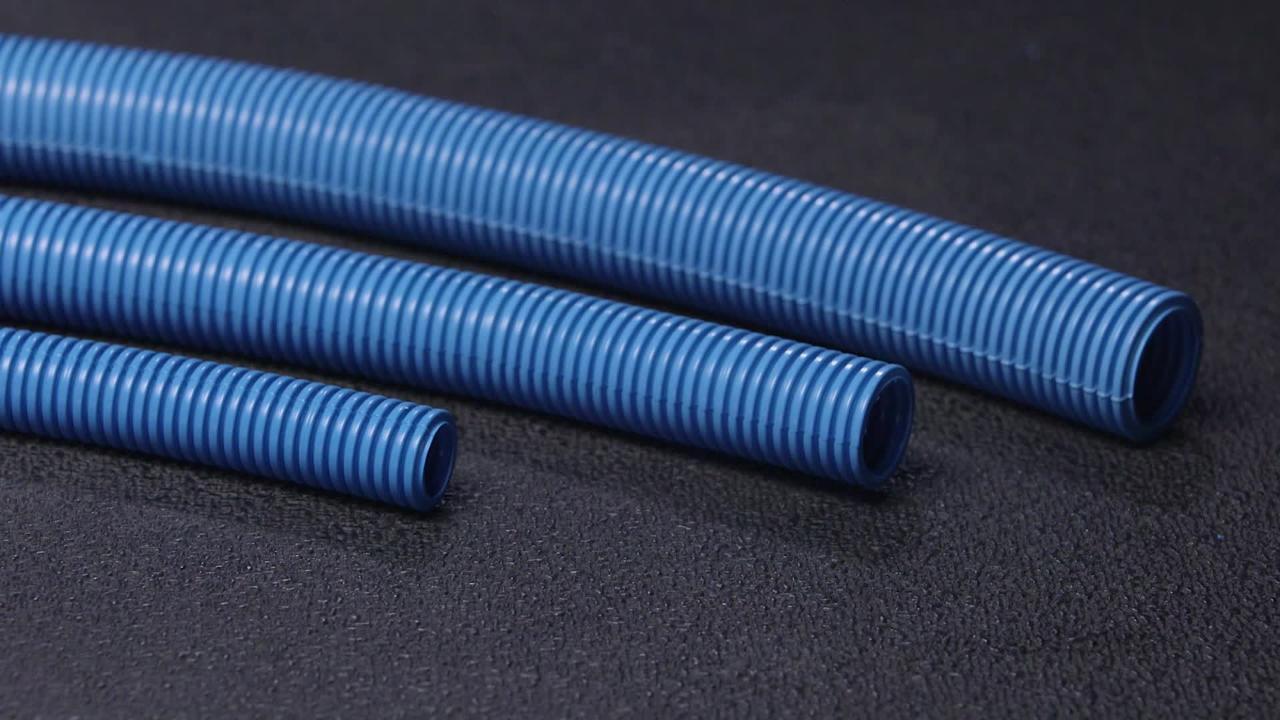
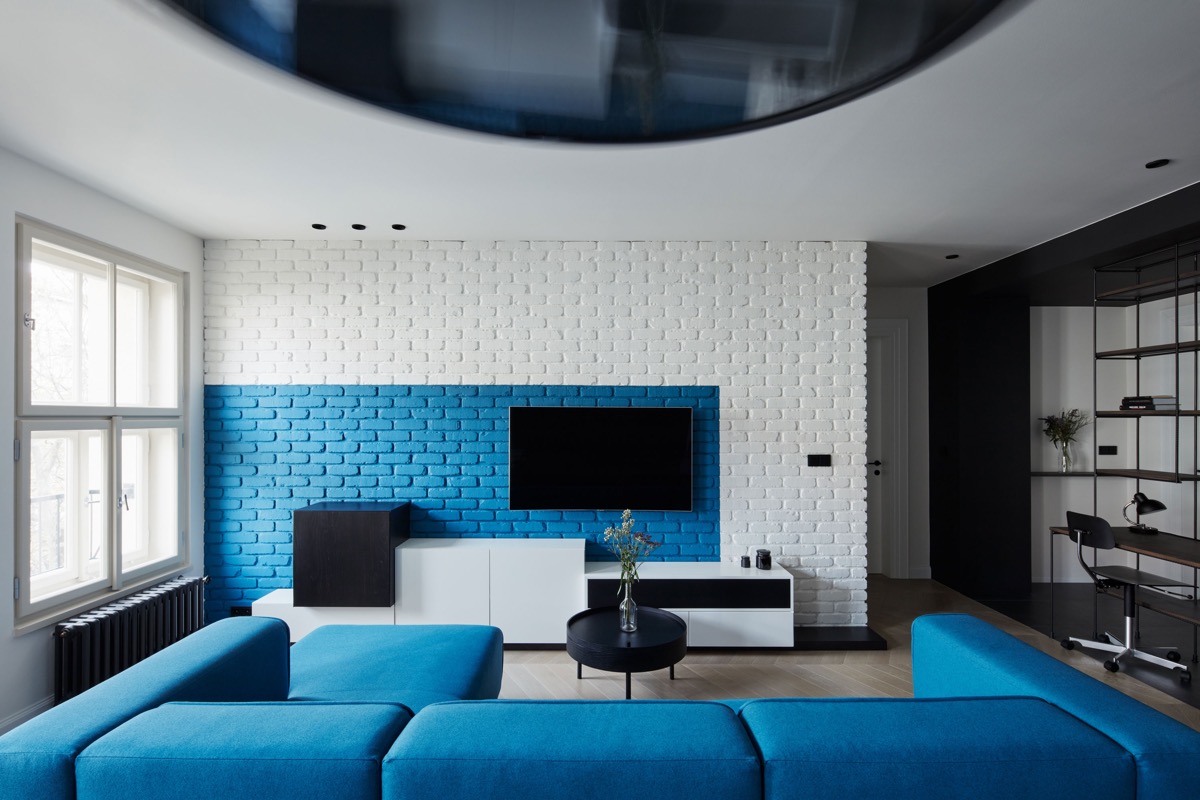
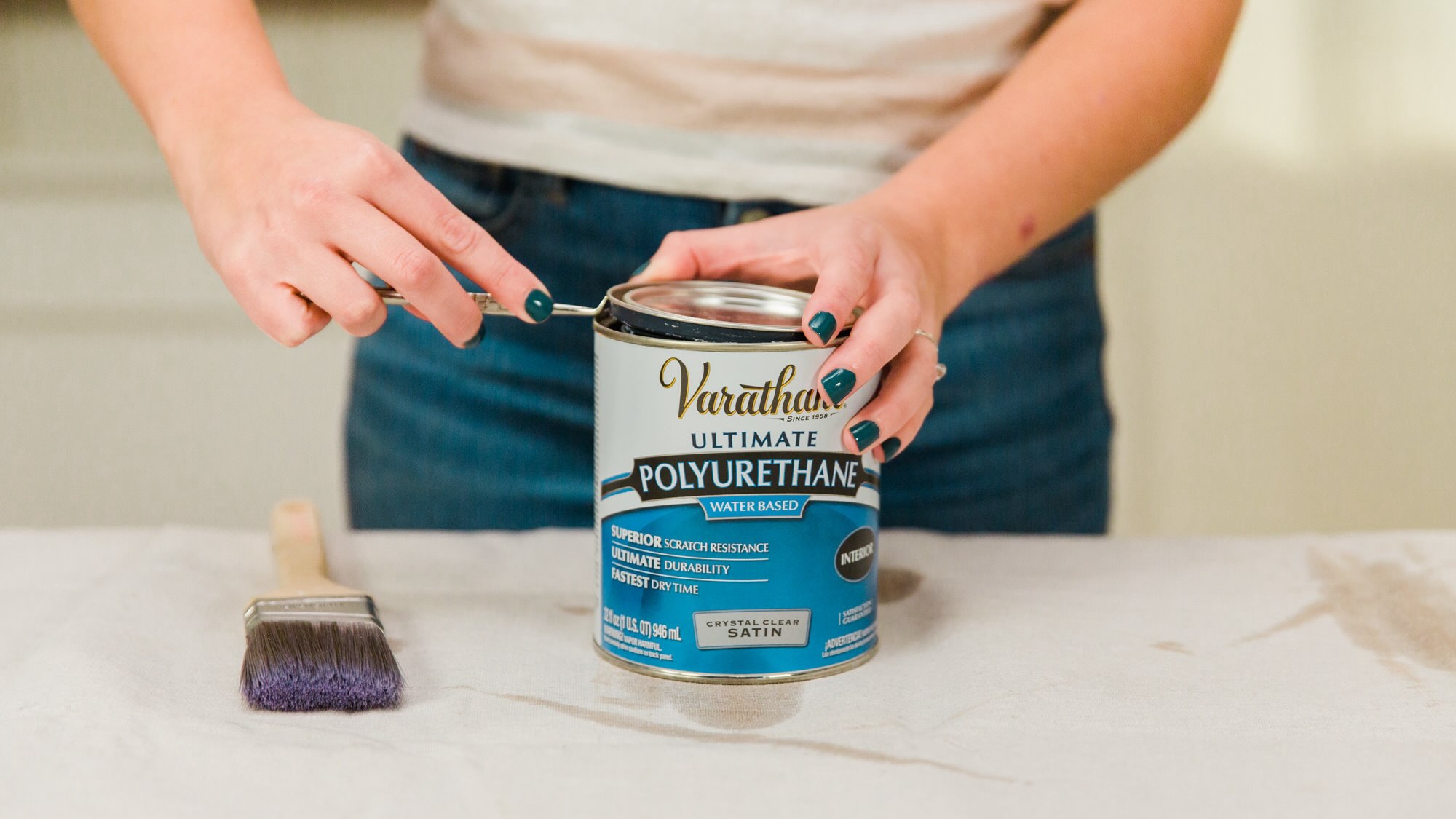
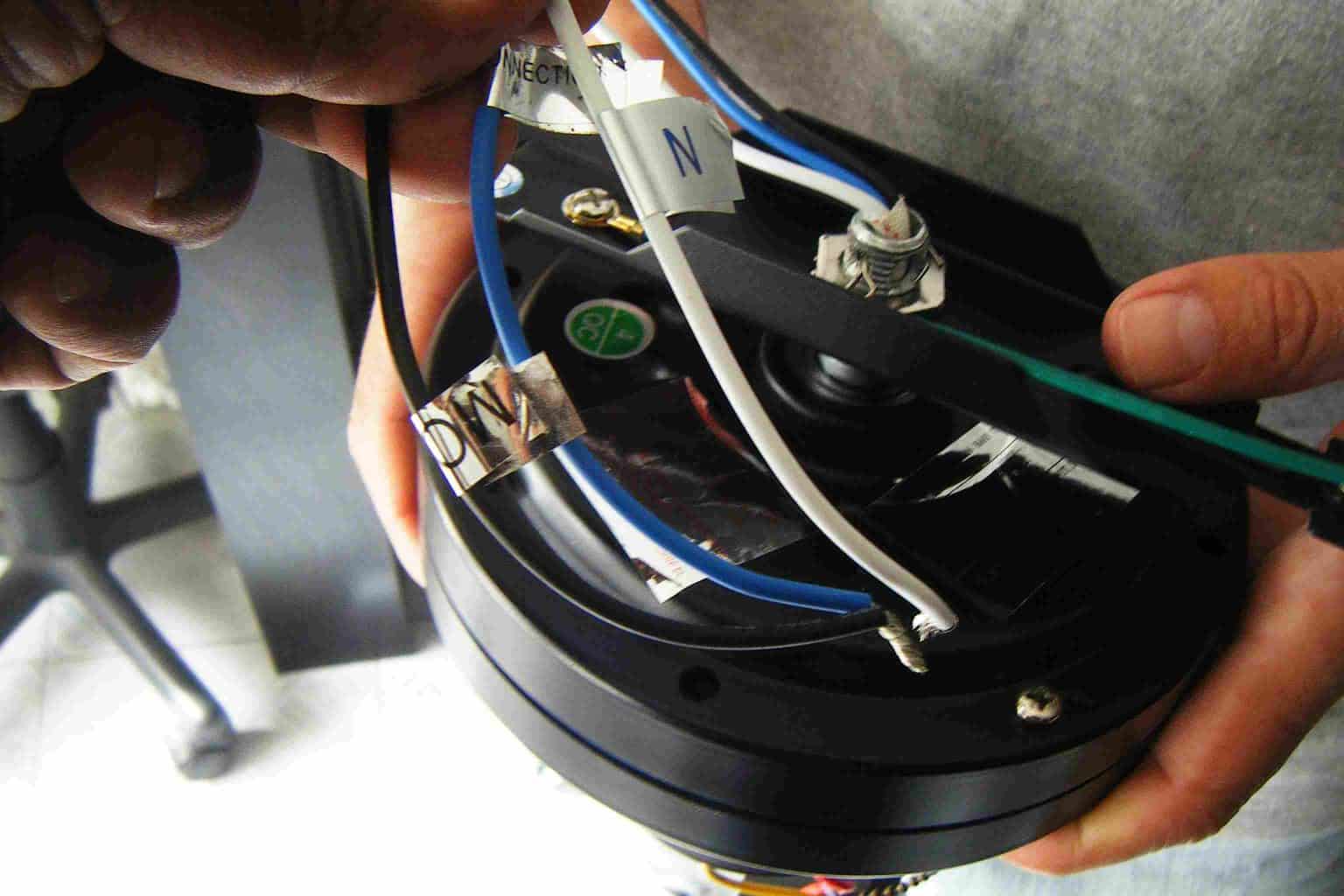

0 thoughts on “What Is The Blue Coating On Grass Seed”